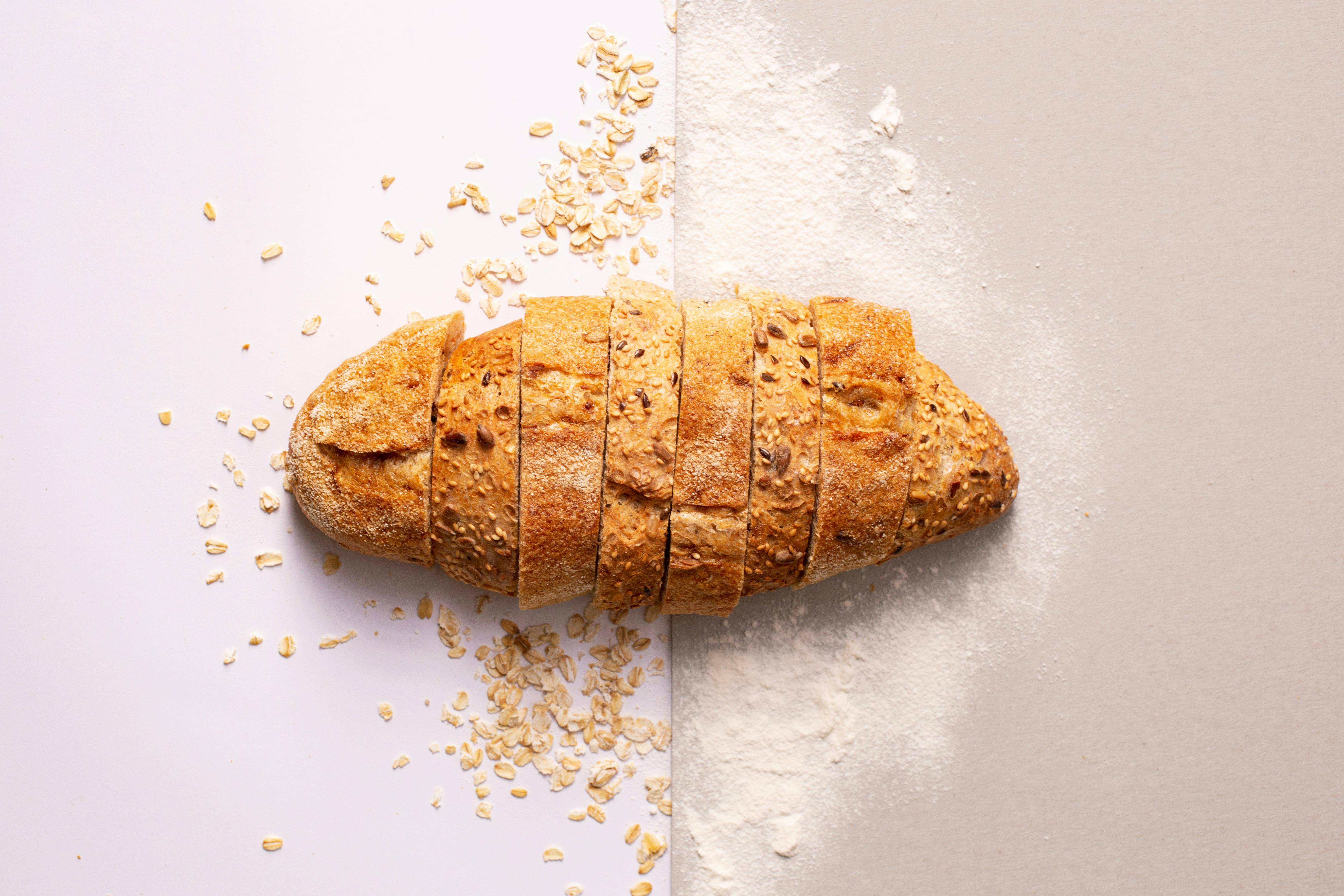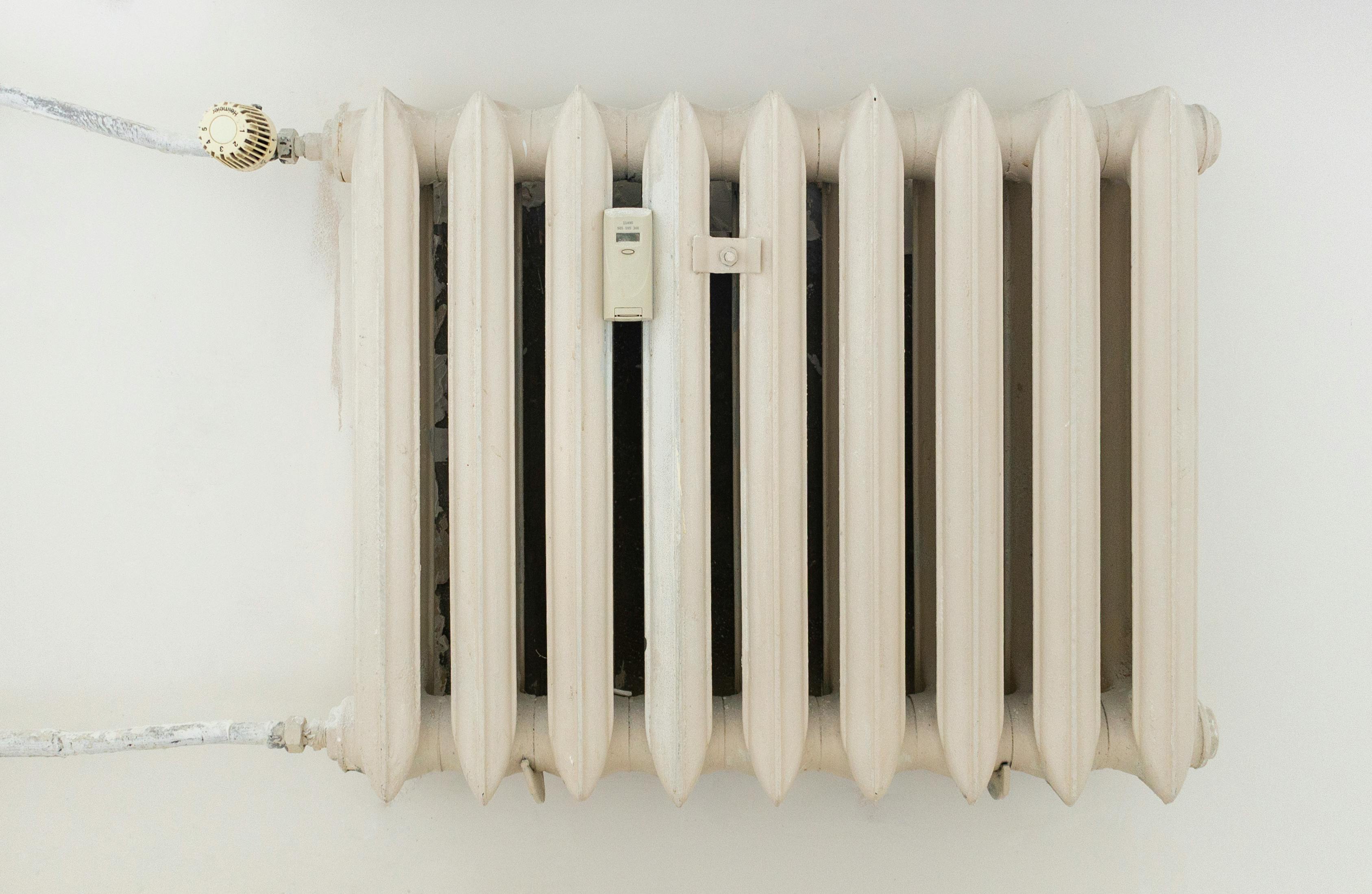Cracking the Code of Artisanal Bread Making: A Dive into the World of Sourdough
Crafting your own artisanal bread can be a deeply satisfying experience. The smell of freshly baked bread wafting through your home, the warm crust crackling beneath your fingertips, the sense of accomplishment you feel as you share your homemade loaf with loved ones - it's a joy that's hard to match. Our focus today is on one of the most iconic and complex types of artisanal bread: sourdough.

The Science and Magic Behind Sourdough
Sourdough bread is unique because it requires a naturally fermented, flour-based starter instead of commercial yeast to rise. This living, breathing starter gives sourdough its distinct tangy flavor and hearty texture. But more than that, it transforms bread making from a mundane chore into a magical experience. With each feeding, you’re not just maintaining your starter; you’re cultivating billions of wild yeast and bacteria that will make your bread come alive.
The Art of Sourdough Starter
Starting a sourdough starter isn’t hard, but it does require patience. It’s a process of nurturing a mixture of flour and water until it becomes a bubbling, yeasty ecosystem. At first, your starter might not seem like much. But with regular feeding, it will slowly come to life, filling with bubbles and emitting a pleasantly sour aroma. This process can take anywhere from a week to several weeks, depending on your environment.
Crafting the Perfect Loaf
Once your starter is ready, it’s time to make your bread. Sourdough bread making is a slow process, often taking more than 24 hours from start to finish. It involves mixing, fermenting, shaping, proofing, and finally baking your loaf. Each step is crucial in achieving the perfect crust, crumb, and flavor. The long fermentation process also breaks down the gluten in the flour, making sourdough bread more digestible and nutritious than most commercial breads.
Variations on a Theme: Sourdough Beyond Bread
Sourdough isn’t just for bread. The tangy starter can be used in a variety of baked goods, from pancakes and waffles to muffins and pizza crusts. It can even be used to make a sourdough chocolate cake. The possibilities are endless, and experimenting with different recipes can be a lot of fun.
Quick Dive into Sourdough Tips and Facts
- Sourdough starters need regular feeding. If you don’t bake often, you can store your starter in the fridge and feed it once a week.
- Each sourdough starter has a unique flavor profile, depending on the wild yeast and bacteria present in your environment.
- Sourdough bread has a low glycemic index, making it a good option for people watching their blood sugar.
- Baking sourdough is a great way to reduce food waste. You can use discarded starter in all sorts of recipes.
Sourdough: A Journey Worth Embarking On
The journey of sourdough bread making is one of patience, science, and art. It’s about appreciating the simple ingredients - flour, water, and time - and the complex processes that transform them into a delicious loaf. So, why not give it a try? You might just find that the joy of sourdough bread making is one of life’s simple pleasures.




